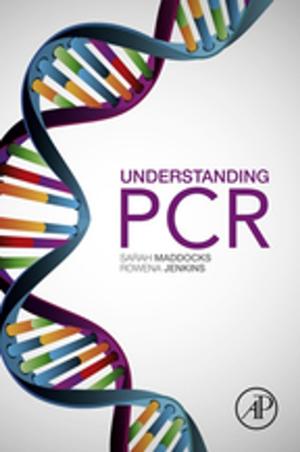Chemistry and Biology of Hyaluronan
Nonfiction, Science & Nature, Science, Chemistry, Organic, Biological Sciences, Biochemistry| Author: | ISBN: | 9780080472225 | |
| Publisher: | Elsevier Science | Publication: | July 14, 2004 |
| Imprint: | Elsevier Science | Language: | English |
| Author: | |
| ISBN: | 9780080472225 |
| Publisher: | Elsevier Science |
| Publication: | July 14, 2004 |
| Imprint: | Elsevier Science |
| Language: | English |
It was probably the French chemist Portes, who first reported in 1880 that the mucin in the vitreous body, which he named hyalomucine, behaved differently from other mucoids in cornea and cartilage. Fifty four years later Karl Meyer isolated a new polysaccharide from the vitreous, which he named hyaluronic acid. Today its official name is hyaluronan, and modern-day research on this polysaccharide continues to grow.
Expertly written by leading scientists in the field, this book provides readers with a broad, yet detailed review of the chemistry of hyaluronan, and the role it plays in human biology and pathology. Twenty-seven chapters present a sequence leading from the chemistry and biochemistry of hyaluronan, followed by its role in various pathological conditions, to modified hylauronans as potential therapeutic agents and finally to the functional, structural and biological properties of hyaluronidases. Chemistry and Biology of Hyaluronan covers the many interesting facets of this fascinating molecule, and all chapters are intended to reach the wider research community.
- Comprehensive look at the chemistry and biology of hyaluronans
- Essential to Chemists, Biochemists and Medical researchers
- Broad yet detailed review of this rapidly growing research area
It was probably the French chemist Portes, who first reported in 1880 that the mucin in the vitreous body, which he named hyalomucine, behaved differently from other mucoids in cornea and cartilage. Fifty four years later Karl Meyer isolated a new polysaccharide from the vitreous, which he named hyaluronic acid. Today its official name is hyaluronan, and modern-day research on this polysaccharide continues to grow.
Expertly written by leading scientists in the field, this book provides readers with a broad, yet detailed review of the chemistry of hyaluronan, and the role it plays in human biology and pathology. Twenty-seven chapters present a sequence leading from the chemistry and biochemistry of hyaluronan, followed by its role in various pathological conditions, to modified hylauronans as potential therapeutic agents and finally to the functional, structural and biological properties of hyaluronidases. Chemistry and Biology of Hyaluronan covers the many interesting facets of this fascinating molecule, and all chapters are intended to reach the wider research community.
- Comprehensive look at the chemistry and biology of hyaluronans
- Essential to Chemists, Biochemists and Medical researchers
- Broad yet detailed review of this rapidly growing research area















